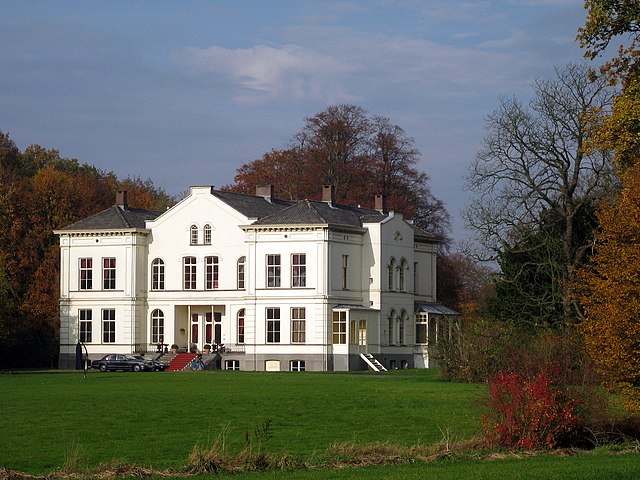Bunnik is a municipality and village in the province of Utrecht, Netherlands. The recorded history of the village dates back nearly 2000 years, when the Romans constructed a fort at Fectio with a harbour facing the river Rhine, which marked the border of the Roman Empire. The fort developed into a thriving trading centre, which continued to exist after the Romans abandoned the fort in the fourth century. Subsequently, the area was occupied by the Frisians and the Franks. In the 8th and 9th century, the villages of Bunninchem (Bunnik), Lodichem (Odijk) and Wercundia (Werkhoven) developed.
Reformed Church in Bunnik
Birgit Schuurman, 2016
Kasteel Beverweerd
Voormalig Raadhuis Bunnik
Utrecht, officially the Province of Utrecht, is a province of the Netherlands. It is located in the centre of the country, bordering the Eemmeer in the north-east, the province of Gelderland in the east and south-east, the province of South Holland in the west and south-west and the province of North Holland in the north-west and north. The province of Utrecht has a population of about 1,388,000 as of January 2023. With a land area of approximately 1,484 square kilometres (573 sq mi), it is the second smallest province in the country. Apart from its eponymous capital, major cities and towns in the province are Amersfoort, Houten, IJsselstein, Nieuwegein, Veenendaal and Zeist. The busiest railway station in the Netherlands, Utrecht Centraal, is located in the province of Utrecht.
Dom Tower in the city of Utrecht.
Wulperhorst Mansion near Zeist.
A site in Utrecht's nature reserve, Blauwe Kamer [nl] near Rhenen







![A site in Utrecht's nature reserve, Blauwe Kamer [nl] near Rhenen](https://upload.wikimedia.org/wikipedia/commons/thumb/0/02/Blauwe_kamer_vanaf_de_Grebbedijk1.jpg/640px-Blauwe_kamer_vanaf_de_Grebbedijk1.jpg)